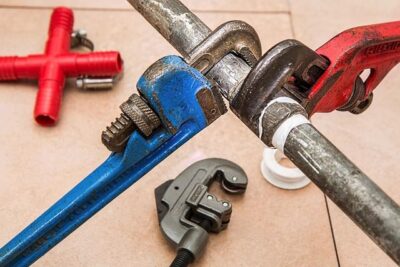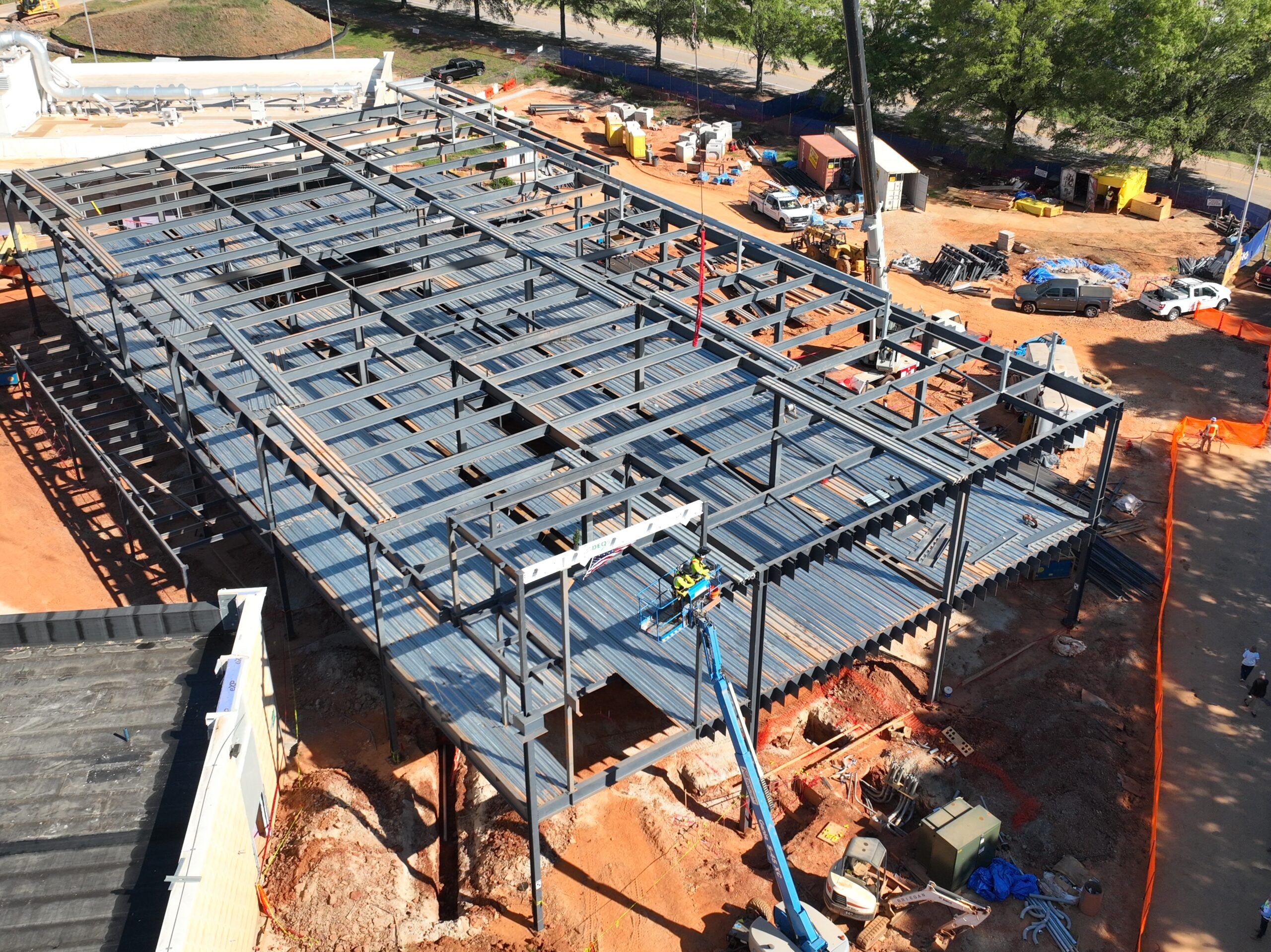Water leaks are one of the most common — and often most expensive — problems homeowners face. A seemingly small drip from a faucet, a hidden pipe leak inside a wall, or a crack in your foundation can quickly escalate into costly water damage, mold growth, and structural issues. According to industry research, water damage is among the leading causes of home insurance claims, costing homeowners billions each year.
The good news is that most water leaks are preventable when you understand the common causes and take proactive steps. With the help of Water Leak Detection and regular maintenance, you can catch issues early before they become costly problems. In this article, we’ll cover the most frequent reasons water leaks happen and share practical prevention strategies to keep your home safe and dry.
1. Worn-Out or Damaged Pipes
Over time, pipes naturally deteriorate due to age, mineral buildup, and corrosion. Older homes often have galvanized steel or copper pipes, which can weaken and develop leaks after decades of use. Even newer homes can suffer from damage caused by shifting soil, poor installation, or water pressure that is too high.
Prevention Tips:
- Inspect regularly: Look for visible signs of corrosion, discoloration, or moisture around exposed pipes.
- Replace aging pipes: If your home is more than 30–40 years old, consider updating your plumbing system with modern materials like PEX or PVC.
- Control water pressure: Use a pressure regulator to keep household water pressure below 60 psi.
2. Leaky Faucets and Fixtures
A dripping faucet may not seem like a big deal, but it wastes gallons of water over time and often indicates worn washers, O-rings, or seals. Similarly, showerheads and other fixtures can develop small leaks that eventually worsen.
Prevention Tips:
- Address drips immediately: Replace worn washers or cartridges at the first sign of leaking.
- Upgrade to quality fixtures: Invest in durable faucets and fixtures to reduce the risk of frequent leaks.
- Use plumber’s tape during installation: This ensures a tighter seal on threaded connections.
3. Toilet Leaks
Toilets are one of the biggest culprits when it comes to hidden water waste. A faulty flapper, fill valve, or loose connection can cause constant running or slow leaks that go unnoticed.
Prevention Tips:
- Check regularly: Add a few drops of food coloring to the tank; if the color seeps into the bowl without flushing, you have a leak.
- Replace worn flappers and valves: These inexpensive parts wear out over time and should be replaced every few years.
- Tighten connections: Make sure water supply lines and seals are secure.
4. Appliance Leaks
Washing machines, dishwashers, and refrigerators with ice makers are convenient but also prone to leaks. Rubber hoses can crack, seals can wear down, and water supply lines can loosen.
Prevention Tips:
- Inspect hoses and connections: Replace rubber hoses with braided stainless steel ones, which are more durable.
- Check appliance seals: Ensure door gaskets on washers and dishwashers are intact.
- Turn off supply lines: If you’ll be away for an extended period, shut off water to appliances to prevent accidents.
5. Roof Leaks
A leaking roof often leads to stained ceilings, mold growth, and damaged insulation. Causes include missing shingles, clogged gutters, damaged flashing, and general wear and tear from weather exposure.
Prevention Tips:
- Inspect your roof twice a year: Look for loose or missing shingles and damaged flashing.
Clean gutters and downspouts: Prevent water from backing up and seeping under your roofline. - Schedule professional inspections: Catch issues early before they lead to costly repairs.
6. Basement and Foundation Cracks
Excess water around your home’s foundation can seep into the basement through cracks, poor drainage, or hydrostatic pressure. This can cause major structural issues and encourage mold growth.
Prevention Tips:
- Seal foundation cracks: Use hydraulic cement or epoxy sealants to patch small cracks.
- Improve drainage: Ensure your yard slopes away from the foundation and that downspouts extend at least 5 feet from your home.
- Install a sump pump: Protect your basement from flooding during heavy rains.
7. Water Heater Leaks
Water heaters are another frequent source of household leaks. Sediment buildup, corrosion inside the tank, or faulty valves can all lead to leaks. Left unaddressed, this can cause extensive water damage.
Prevention Tips:
- Flush your water heater annually: This removes sediment that causes tank deterioration.
- Inspect valves and connections: Check for rust, corrosion, or water pooling around the base.
- Replace aging units: Most water heaters last 8–12 years; consider replacement before failure occurs.
8. HVAC System Leaks
Air conditioning systems remove moisture from the air, which drains away through condensate lines. If these lines become clogged, leaks can occur inside walls, ceilings, or basements.
Prevention Tips:
- Clean condensate drains: Flush the line with vinegar or bleach solution to prevent algae buildup.
- Schedule HVAC maintenance: Have a professional service your system annually.
- Install a safety switch: This can shut off the unit if a clog is detected.
9. Outdoor Leaks
Leaks don’t just happen indoors. Sprinkler systems, garden hoses, and outdoor faucets can develop leaks that waste water and increase utility bills.
Prevention Tips:
- Check outdoor fixtures: Inspect hose bibs and sprinklers for drips.
- Winterize your system: Drain outdoor plumbing lines before freezing weather.
- Use smart irrigation systems: Prevent overwatering and detect leaks in sprinkler lines.
10. Human Error and Poor Installation
Sometimes, water leaks are caused by improper installation or DIY plumbing mistakes. Loose fittings, incorrect pipe sizes, and poor sealing can all lead to leaks over time.
Prevention Tips:
- Hire licensed plumbers: Professional installation ensures systems meet code and are leak-free.
- Double-check DIY work: If you handle small projects yourself, always test connections before finishing.
- Use the right materials: Don’t cut corners on parts and supplies.
The Cost of Ignoring Water Leaks
Even small leaks can lead to:
- Mold and mildew growth, which pose health risks.
- Higher water bills due to wasted gallons.
- Structural damage to walls, ceilings, and foundations.
- Decreased property value.
The sooner you address leaks, the less expensive the repairs. Preventive maintenance often costs far less than repairing water damage.
Final Thoughts
Water leaks are more than an inconvenience — they’re a threat to your home, health, and wallet. From worn-out pipes to faulty appliances, leaks can occur almost anywhere water flows. By understanding the common causes of water leaks and following preventive steps like routine inspections, timely replacements, and professional maintenance, you can protect your home and save thousands in potential repair costs.
Remember: prevention is always easier and cheaper than restoration. Keep a close eye on your plumbing, appliances, and roof, and act at the first sign of trouble. A proactive approach today will give you peace of mind tomorrow.












